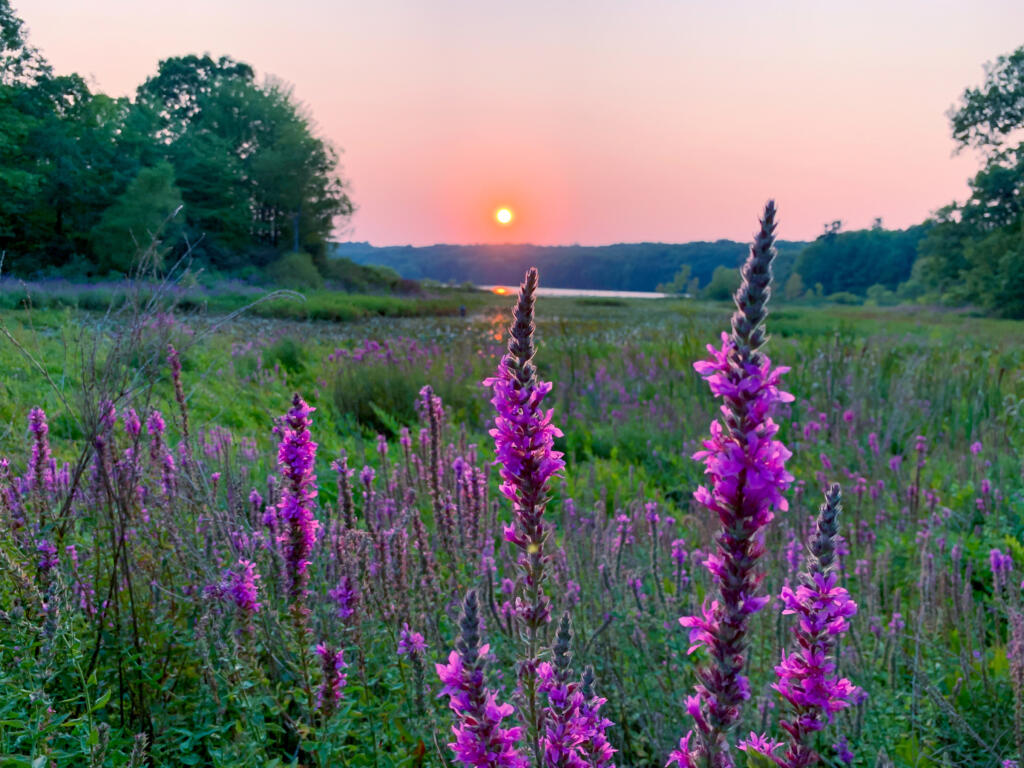BELLINGHAM — Washington is home to over 140 noxious weeds that can be toxic to humans and damage habitats and wildlife.
Noxious weeds are defined as “invasive, non-native plants that threaten agricultural crops, local ecosystems, or fish & wildlife habitats,” the Washington State Noxious Weed Control Board states.
Noxious weeds include grasses, shrubs, trees, flowering plants and aquatic plants that can grow in your own backyard.
But noxious weeds threaten more than your backyard. These weeds are dangerous to livestock, reduce fishing opportunities, can be toxic to humans, limit wildlife habitats, cause destruction to trails and roads, degrade wetland habitats, replace native species, injure trees and forests, increase fire hazards, damage infrastructure, and raise food prices by harming farms, according to the Washington State Noxious Weed Control Board.
Aquatic noxious weeds can also invade rivers, streams and lakes and make it difficult for fish and other wildlife to find food and shelter, according to Washington State University’s College of Agricultural, Human and Natural Resource Sciences.
Millions of dollars are spent every year by public entities and homeowners to control the harmful weeds, according to the Washington State Department of Agriculture.
Identifying and disposing of noxious weeds is extremely important to limit the damage they have on your home, wildlife, animals and humans.
Identifying noxious weeds
The Washington State Noxious Weed Control Board has created an online weed search form that allows you to enter the habitat, color, leaf arrangement or if known, the name of the plant to identify if it is a dangerous noxious weed.
The board also created a noxious weed monitor list of plants currently under investigation that could potentially be harmful and join the noxious weed list.
If you see a plant you are unsure of, photo indexes are also available to help identify the species.
The Washington State Noxious Weed Control Board classifies the indexes by three classes of noxious weeds, and includes photos to help you identify species.
Controlling noxious weeds
If you believe you have noxious weeds in your backyard, the Washington State Noxious Weed Control Board recommends identifying the species and contacting your local conservation commission office.
There are multiple ways to manage noxious weeds, including digging up weeds, using herbicides or chemicals, releasing grazing animals or other plant species that target noxious weeds or changing soils and landscaping.
When dealing with the weeds, make sure to wear protective clothing and eye protection to avoid exposure to harmful poison.
How to dispose of noxious weeds
Disposing toxic weeds can be dangerous and difficult and rules and regulations of disposal vary by county.
When disposing of the toxic weeds, the Washington State Noxious Weed Control Board recommends wearing eye protective gear, as well as protective clothing to avoid exposure to toxins.
The dry materials of toxic weeds can remain toxic for years, so disposing the weeds properly is highly important.
Here’s a few general practices to safely dispose of noxious weeds:
- If the weeds are flowering, cut the flowers and place them in a sealed bag in the trash to prevent any seed growth and dispersal.
- Wood materials that have no flowers or seeds present can be cut, dried out and either burned or composted. If seeds are present, leave the materials where they are to avoid spreading seeds and cover with a tarp to dry out, or burn the materials.
- When transporting noxious weeds for disposal, make sure to seal the weeds so no seeds are spread throughout transportation.
- After removal, continue to monitor the location in case leftover seeds begin to grow.
- After disposal make sure to clean shoes, clothes, tools and vehicles that were used during disposal of any plant parts, soil or seeds that may contain toxins or spread seeds.



